Pioneer architect Alfred Wong dies at age 94
Sign up now: Get ST's newsletters delivered to your inbox
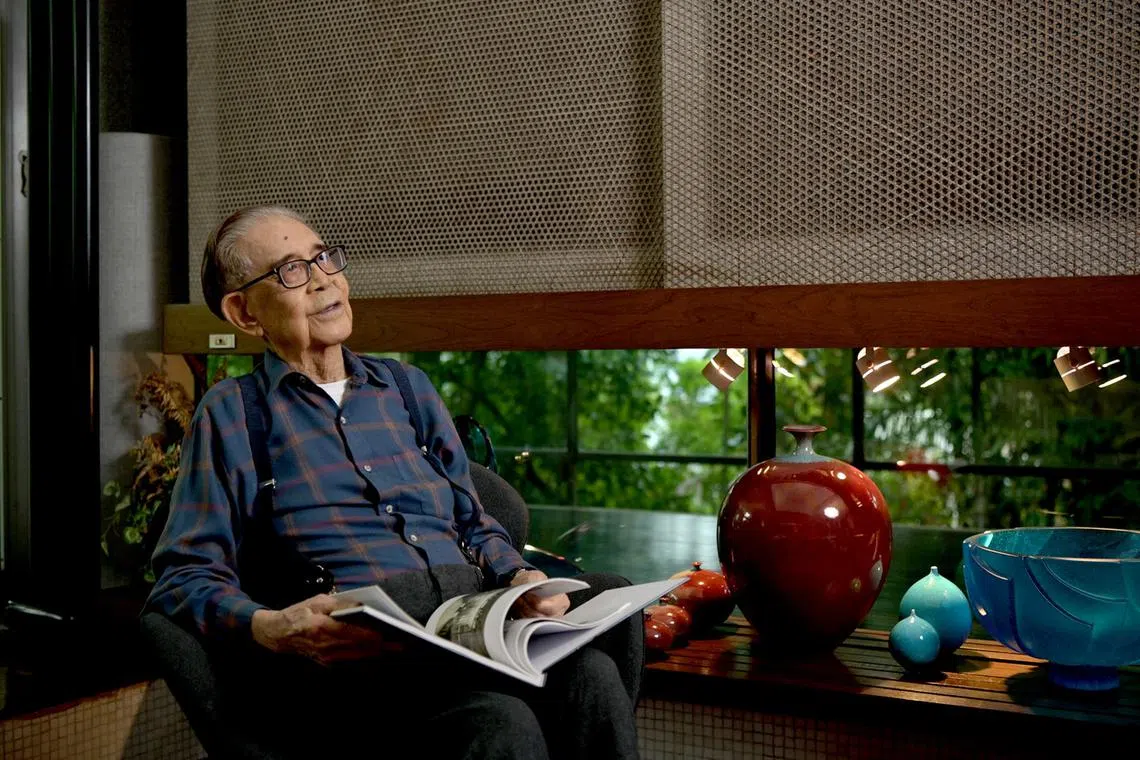
Award-winning pioneer architect Alfred Wong contributed to local landmarks that span the educational, religious, commercial and residential categories.
ST FILE PHOTO
Follow topic:
One of Singapore’s pioneer architects, Mr Alfred Wong, died on Sept 28 at the age of 94 in his Bukit Timah home.
In the last few months of his life, he was surrounded by four generations of his family.
He leaves his sons Clifford Wong Egon and Geoffrey Wong Ee Kay, and daughters Denise Wong Lei Ling and Michele Wong Lei Saan. He has four grandchildren and a great-grandson.
His younger son, Mr Geoffrey Wong, said he had been suffering from kidney failure.
“During his last days, he was getting weaker but was happy to see that his family members were constantly at his bedside,” he recalled.
“We remember him as a man of strong principles and integrity. He was also an intellectual, and his interests spanned the gamut from music and art to literature.”
Mr Wong also has one brother and four sisters. His younger brother, Edward, is the managing director of AWP Architects, which was founded in 1957 as Alfred Wong Partnership.
Mr Alfred Wong retired in 2005, leaving his younger brother Edward to take over the reins.
The company, which has more than 70 employees, has offices in China and Indonesia.
Mr Wong designed two of Singapore’s earliest modern buildings in the 1960s – the National Theatre in 1963 in Fort Canning, fondly remembered by the pioneer generation of Singaporeans as the first “people’s theatre”; and Hotel Malaysia in 1968.
Born in Hong Kong in 1930, Mr Wong was one of six children of Mr Wong Peng Shing, a businessman, and Madam Violet Woo.
On his father’s side, Mr Wong was one of the great-grandsons of Chinese businessman Wong Ah Fook.
His mother managed the family company, Wing Seng, after his father’s death in 1952, and played an active role in the Chinese Women’s Association.
Mr Wong completed his Senior Cambridge examinations at St Anthony’s Boys’ School in Singapore. He later enrolled in the University of Hong Kong to study civil engineering.
After slightly less than a year, he transferred to the University of Melbourne to study architecture.
In Melbourne, Mr Wong met Australian-born Chinese Joyce O’Hoy, and they were married in Singapore in 1953.
Despite more than half a century of ground-breaking architecture, the 94-year-old pioneer architect was down to earth about his works, having outlived two of his most memorable contributions to Singapore’s architectural history.
The National Theatre was demolished in 1986 to make way for an underground expressway. In 1999, Hotel Malaysia was torn down and replaced by a residential complex, Grange Residences.
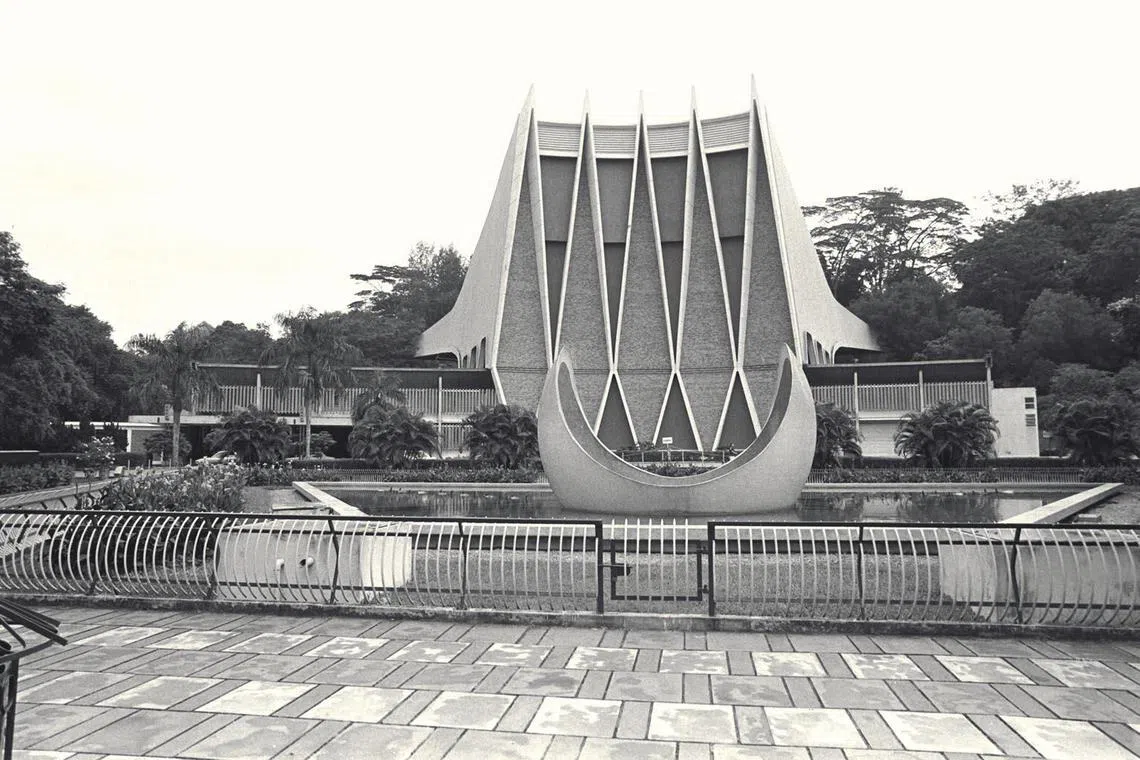
Mr Wong designed the National Theatre in Fort Canning, fondly remembered by the pioneer generation of Singaporeans as the first “people’s theatre”.
ST FILE PHOTO
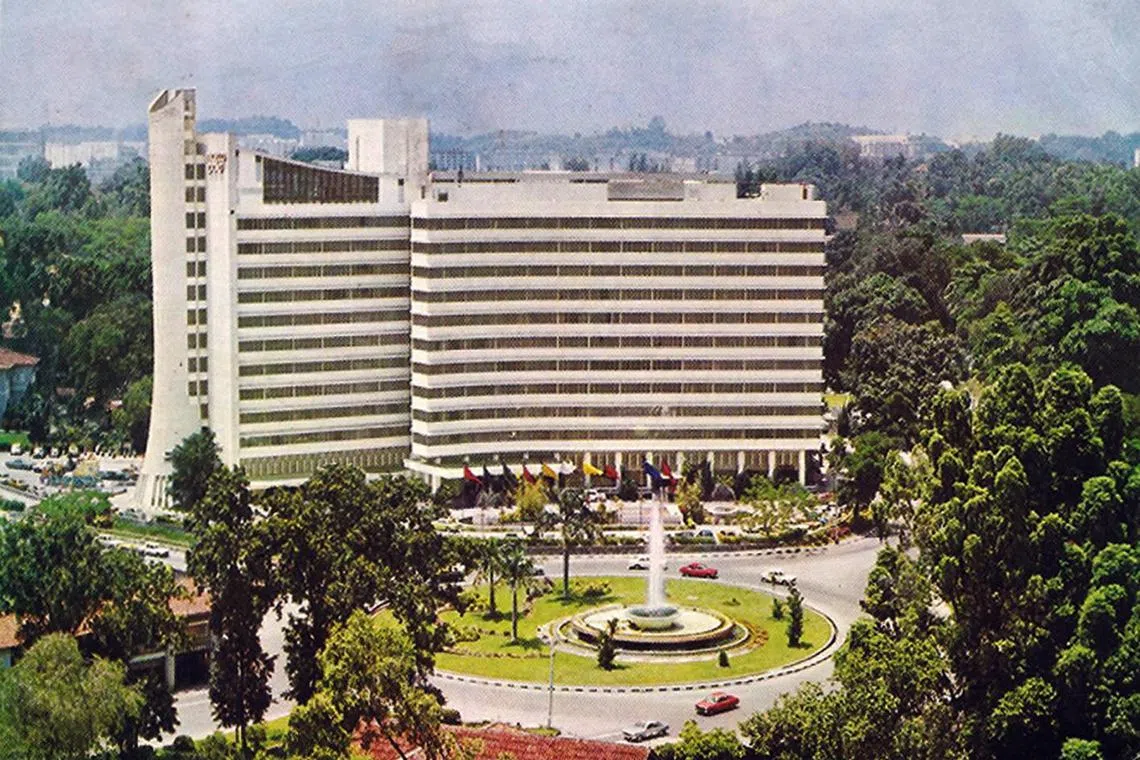
Built in 1968, Hotel Malaysia - at the junction of Tanglin and Grange Roads - was eventually torn down and replaced by a residential complex, Grange Residences.
PHOTO: AWP ARCHITECTS
Mr Wong said in a July 2022 Life section feature in The Straits Times that Singaporeans must strike a balance between what to save and what to let go, as Singapore is an island with restricted land area.
He welcomed the announcement in October 2021 that Golden Mile Complex was to be gazetted as a conserved building.
In his last ST interview on Feb 8, 2024, just before the Chinese New Year festivities, Mr Wong talked excitedly on a range of subjects.
He clearly remembered key points in the past while celebrating the new year.
He was surrounded by festive condiments and lush sprays of auspicious plants in his home off Coronation Road, which is listed as one of Singapore’s marvels of Modernist architecture by the Singapore chapter of Docomomo International. The global non-profit is dedicated to the documentation and conservation of buildings, sites and neighbourhoods of the Modern Movement.
The house features an overhanging roof with a layer of brise-soleil – a sort of perforated screen, or set of louvres, for shutting out direct or excessive sunlight – just below the roof level with a courtyard and two verandahs. All the spaces were designed to be well-shaded and naturally ventilated.
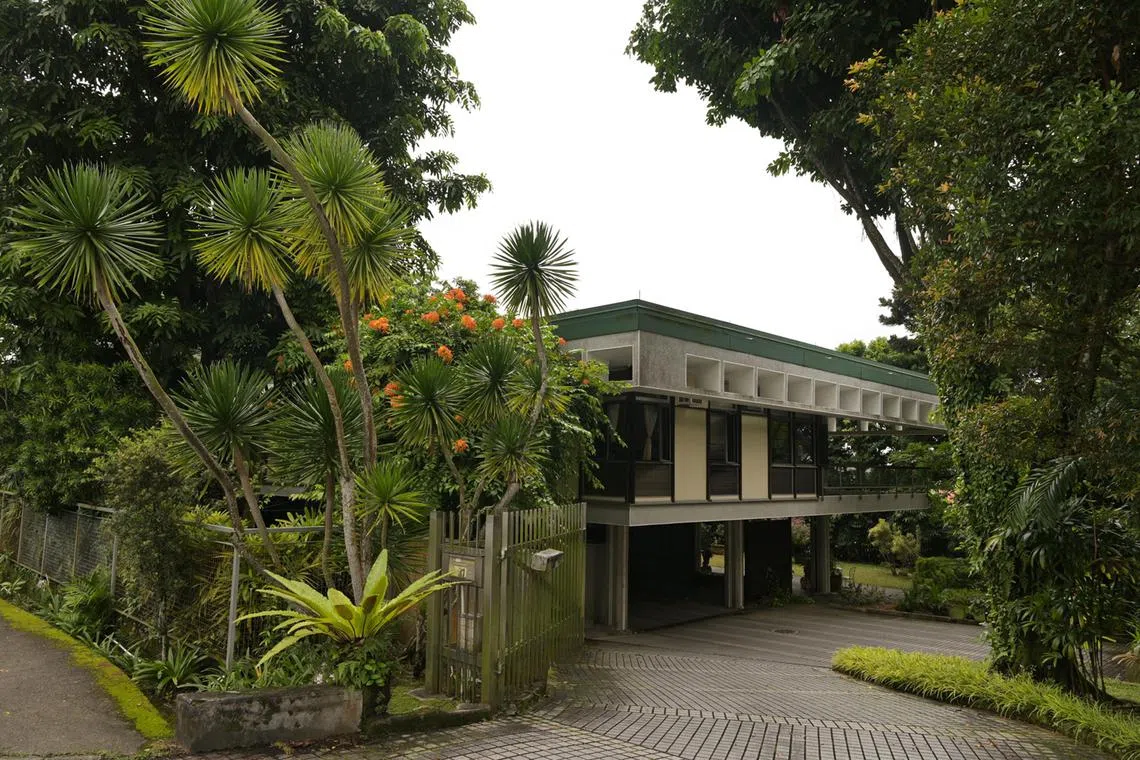
The house that architect Mr Wong built for his family in 1968.
ST FILE PHOTO
His use of the brise-soleil, which some modern architecture purists argue is decorative and therefore forbidden, is subtle and well thought through.
Mr Wong said he did not think decoration is antithetical in modern works, as long as it has a place in the overall design scheme.
“Meaningless decoration is forbidden,” Mr Wong said. “When it is well-integrated, the judicious use of decoration in modern design can add character.”
He had also told ST in the February 2024 interview that music was his other passion, besides architecture. “I was playing the piano in my early teens during World War II, when it was not safe to venture out of our home,” recalled Mr Wong, who came to Singapore at an early age with his parents.
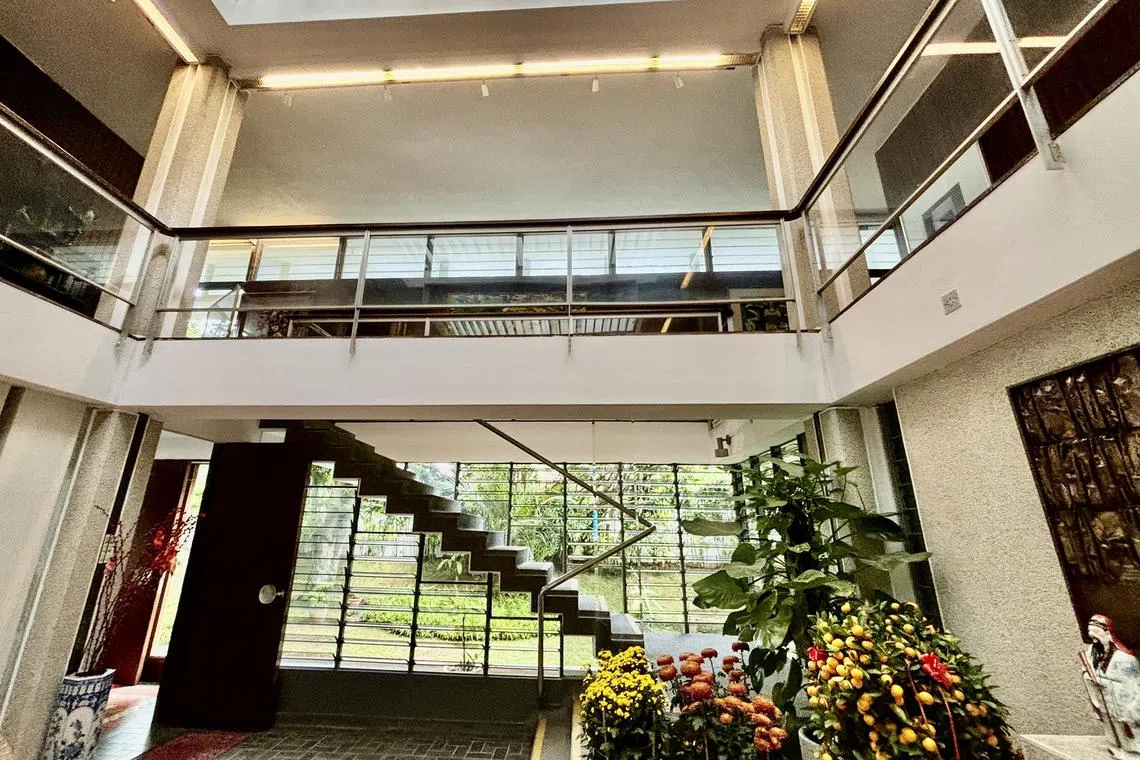
Mr Wong’s house features an overhanging roof with a layer of brise-soleil - a sort of perforated screen, or set of louvres, for shutting out direct or excessive sunlight.
ST FILE PHOTO
Classical music drowned out the sounds of the war for the young Alfred, and continued to be a source of joy throughout his life.
Some years back, he donated a substantial part of his collection of classical music CDs to the NUS Yong Siew Toh Conservatory, called the Alfred and Joyce Wong Donation.
When asked about sharing his knowledge with the younger generation, Mr Wong had said: “I don’t believe in lecturing others based on my experience or opinions. I am more interested in their thinking and insights.”
Are there similarities between music and architecture?
“Only some. For instance, you can’t build with a background in music. With architecture education, you can. But music can play a part in inspiring you because it is all about soul,” Mr Wong said.


